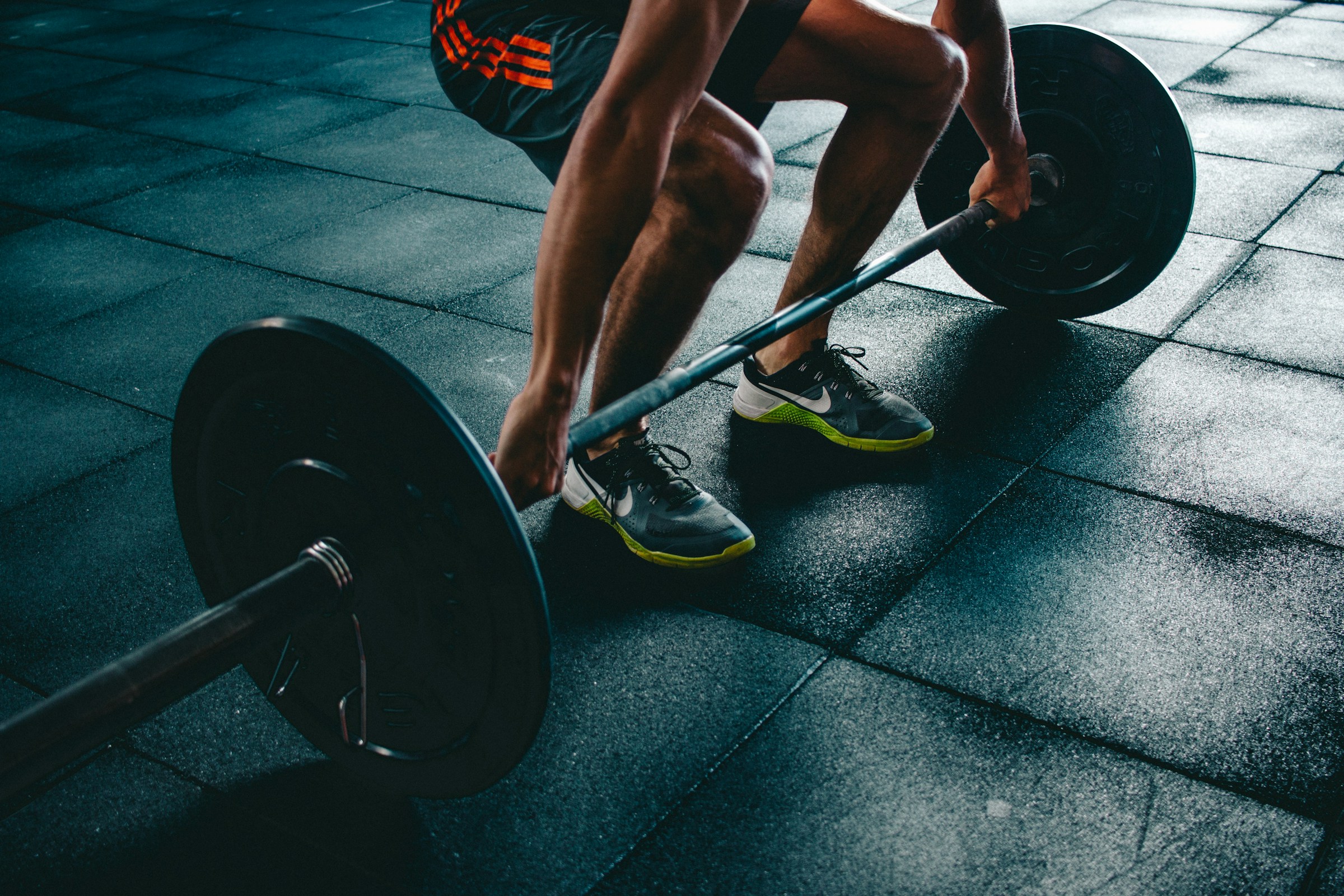
Body + Mind is reader-supported. We may earn an affiliate commission when you buy through some of the links on our site.
Timing your workouts right can make all the difference in how you feel, perform, and progress. Knowing whether to do cardio before or after weights is key to unlocking better results. In this guide, you’ll get the scoop on tailoring your routine to your body and goals.

When it comes to fitness, cardio and weights are often pitted against each other like rivals in a workout showdown. Cardio is fantastic for heart health, endurance, and burning calories. Weights or resistance training build muscle, increase strength, and boost your metabolism long after you’ve left the gym.
Many people believe that doing cardio will sabotage their muscle gains or that you can’t lose fat and build muscle simultaneously. The truth is that both can coexist beautifully when you plan your workouts smartly. Adults should aim for at least 150 minutes of moderate cardio weekly. They should also aim for strengthening activities on one or more days. Balancing these elements in your routine is essential for long-term health and fitness.
Many people wonder whether they should do cardio before weights or the other way around. Starting your workout with cardio has its perks — especially if your main focus is improving cardiovascular endurance or prepping for an event like a marathon. Doing cardio first can serve as an extended warmup, getting your blood flowing and muscles ready. Your muscles being warm before you start strength training can help you perform better and reduce injuries.
However, there’s a catch. Doing intense cardio before hitting the weights can drain your energy. This can lead to decreased muscle strength and power during your resistance training session. Studies show that pre-exhausting your muscles with cardio might reduce your ability to lift heavy weights safely. It can also affect your ability to perform high-intensity strength moves effectively. This can slow progress if your goal is muscle gain or maximum strength.
So, if you notice your lifts feel weaker or you’re too tired after cardio, it might be time to rethink your workout order.

If building muscle and strength is your primary goal, starting with weights is usually the way to go. When your muscles are not pre-fatigued, you can lift heavier and focus on proper form, which maximizes gains and reduces injury risk.
Another bonus is that strength training before cardio can increase your excess post-exercise oxygen consumption (EPOC) — a fancy term for the afterburn effect — helping you burn more calories even after your workout ends.
On the downside, doing cardio after an intense lifting session might leave you with less stamina for longer or high-intensity cardio, so you should keep cardio sessions moderate if you go this route.
Your workout order depends on what you want to achieve. Here’s how to decide:
For Fat Loss: If torching fat is your mission, lifting weights first is usually best. Strength training uses glycogen — AKA stored carbs — for energy and when you follow up with cardio, your body taps more into fat stores because carbs are partially depleted. Plus, the afterburn effect from lifting keeps your metabolism revved up for hours after your workout. Aim for moderate-intensity cardio post-weights for maximum fat-burning without overtaxing your muscles.
For Muscle Gain: If building muscle and strength is the goal, always prioritize weights. When your muscles are fresh, you can get better results. Cardio can be included, but keep it moderate or low-impact. This way, it doesn’t interfere with recovery or muscle growth. Intense cardio before lifting can blunt your performance and muscle gains.
For Endurance and Heart Health: If you’re training to improve your stamina, start with cardio. This allows you to put full effort into your endurance work without being fatigued from lifting. Use resistance training to complement your cardio, strengthening muscles to support your endurance performance and reduce injury risk.

A smart workout structure makes all the difference. Here are some quick tips:
If you need a little structure, here’s a sample weekly routine to balance both:
Monday: Strength training on the upper body and 15 minutes of moderate cardio.
Tuesday: 30-45 minutes of steady-state cardio like a walk, jog or cycle.
Wednesday: Strength training on the lower body.
Thursday: Rest of active recovery like yoga or light stretching.
Friday: Strength training on the full body and a 10-minute high intensity interval training (HIIT) finisher.
Saturday: Outdoor cardio like a hike, run or swim.
Sunday: Full rest day.
Always remember to listen to your body as you train. If you feel ill or unable to work out, rest for another day to rest and recover to be your strongest. If you can’t stand the thought of staying still, take a walk to strengthen your cardio fitness and stretch your muscles. However, if your body is feeling generally run down, you will need to give yourself a full rest day to ensure you don’t injure yourself more permanently.
Whether you start with cardio or weights, the best workout is the one that fits your goals, feels right for your body and keeps you motivated. Prioritize your personal goals, stay consistent and enjoy the process because progress comes from dedication, not perfection.
Your email address will only be used to send you our newsletter, and at any time you may unsubscribe. For more information, see our Privacy Policy.